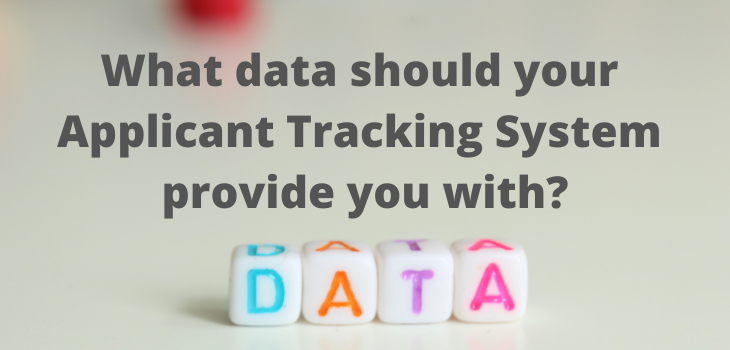As we all know in HR, Talent & People Management roles, experience, intuition, and gut instinct play a part in daily decision making. However, it is data from your Applicant Tracking System and other HR Software that influences us to make the right decisions by looking at what is and is not working with our recruitment methodologies and hiring processes.
But what data should we be looking at? And why? Read on to find out more!
Application Source
Webrecruit knows all too well (with 20 years of advertising experience in the candidate/employer space) that anyone who is involved in the hiring process wants to know where their applicants are coming from; no, we do not mean from which town, but through which job board, social media platform or other avenues their application has been created from and through!
It is important to look at Application Source data for many reasons, especially as to what advertising platforms are working for you and which are bringing in the most candidates. It is not just the volume of candidates, however, that one needs to look at; we also need to consider through which platform the most hires are coming from. This can help you consider where you should be concentrating your advertising budget.
Recruiting Costs
Cost-per-Hire (CPH) is a cornerstone data point for any business – analysing your monthly, quarterly, and annual recruitment spend against the number of successful hires you make is important in evidencing your hiring teams Return on Investment (ROI) in securing talent.
Being able to easily analyse and present this data back to your internal customers is vital to evidence any hiring team’s contribution to business deliverables and, fundamentally, the bottom line (which is normally profit and loss).
Equal Opportunities and Diversity
According to LinkedIn, 62% of businesses prioritise diversity to boost financial performance. This is not surprising considering a wide-reaching, people blueprint in any organization brings a different and fresh perspective that help make a business more rounded in its approach.
For some organisations, Equal Opportunities and Diversity activities are not just for the reasons mentioned above, but additionally due to government-led or organizational quotas. Therefore, having an Applicant Tracking System or HRIS that can provide you with an overview of this data at a few clicks of a button is an important consideration.
Time (Speed) to Hire
We have all been there – a hiring manager comes to you with an urgent role that needs to be filled and you are asked the questions, “When will this be advertised? When will I have CVs to review? When will I have candidates to interview?
Therefore, knowing your Time (Speed) to Hire is a very useful bit of data to have at your fingertips. When looking at an Applicant Tracking System, ensure your system can give you a real-time overview of the speed your hiring takes, not just from advertising to start date, but also CV filter to interview, interview to offer, etc. so you can look at your processes holistically and make sure you are making the right improvements in the right areas.
Need an Applicant Tracking System to help you make data-led hiring decisions? Then Webrecruit ATS is the system for you!
Webrecruit ATS offers multiple dashboards that, at the touch of a button, will provide you with data and insight to help you make the right hiring decisions! With easily exportable data and customizable reports, you can get a true overview of your organisations hiring successes, areas for improvement and general performance.
Sound good? Book your demo today to have a conversation about how Webrecruit ATS can help transform your recruitment processes!






